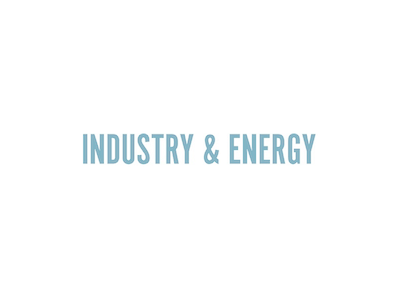The fourth Innovator for Dragons’ Den of Transition 2021 has been announced. On December 8th, BioCore asks the Dragons for help in financing a full-scale pilot project for its solid oxide fuel cell technology. This will make biogas production and usage economically viable again, while it also helps in balancing the energy system.
Biogas plays a major role in the energy transition. The sustainable methane is always available and can therefore play an important role in balancing the energy system. The agricultural sector is an important producer of the gas and the cattle farmers burn part of the gas to produce heat and electricity. Stephan Herrmann thought that this conversion could be more efficient. Together with a number of students from the Technical University of Munich, he developed a system based on solid oxide fuel cells and called it BioCore, which stands for Biogas Conversion with Reversible Electrolysis.
Reversible and carbon neutral
In Europe there are now 19,500 biogas plants on farmers’ premises,’ says Herrmann. Of these, about half are in Germany. Many of these systems are now twenty years old, which means that the subsidy on the gas production is decreasing. Many farmers are therefore considering stopping production.
To compensate for this income, the gas will have to be used more efficiently. The use of solid oxide fuel cells (SOFCs) doubles electricity production. Moreover, the SOFC technique is reversible. This means that if sustainable electricity production exceeds demand, the cells can also produce hydrogen or syngas. And, if that is not enough, the fuel cells also separate the carbon dioxide in the biogas from the hydrogen. The farmers can then sell that carbon dioxide on the market or possibly store it underground. In that case, even negative emissions are created.
Request for help
Hermann and consortia are keen to scale up. We built a complete ten-kilowatt system in a standard container. But the farmers need at least a hundred kilowatts. And for that we need financing. We already have a customer who is happy to make his installation available for testing. After this step, we can quickly scale up and help farmers make their contribution to the energy transition.’


